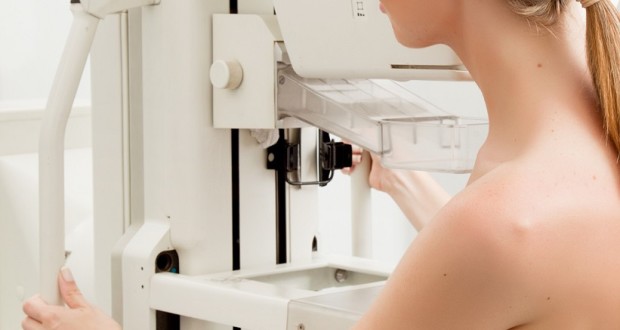By: Red Hot Mamas
Published: July 16, 2014
For patients whose cancer was caught before stage two, their survival rate was 100 percent. These statistics decline dramatically when a patient’s breast cancer was discovered after stage two. Patients whose cancer was found in stage three had a survival rate of 72 percent and when cancer was found in stage four, patients only survived at a rate of 22 percent.
These statistics make one thing very clear: early detection of cancer has a direct correlation to patient survival and recovery. Fortunately, there are ways to detect cancer in its early stages. Early detection of breast cancer is often done through screening mammograms, which are x-rays of the breast that are used to screen for breast cancer in women who do not have symptoms or signs of the disease. And while some recent studies have called into question the value of mammography, screening mammograms remain an effective diagnostic tool. Women over 40 are encouraged to have mammograms done annually.
What is a Diagnostic Mammogram?
Only a small percentage of women will require additional tests, one of which is the diagnostic mammogram, after a screening mammogram. Diagnostic mammograms are used to provide additional images of the breast when a screening mammogram identifies a lump or thickening of breast tissue. The procedure provides maximized detail through x-rays taken from different angles, magnifications and compressions.
Regular self-breast exams paired with diagnostic mammograms are the best way to detect cancer.
The Procedure
The procedure for a diagnostic mammogram is rather simple. Your breasts are placed on a platform and pressed against clear plastic plates in order to provide an unobstructed view for the X-ray machine. Pressure is applied for just a few seconds to compress breast tissue and images are captured. Typically, a diagnostic mammogram takes no longer than 30 minutes.
Results
Your radiologist or technician will discuss your results with you after the procedure is complete. Depending on the results, your radiologist will make recommendations and may conduct additional tests.
Don’t delay your mammogram. Mammograms result in peace of mind for you and your family because early detection of cancer can make all the difference in the world.
Submitted by North Shore University Health System
This article was contributed by NorthShore University HealthSystem, a comprehensive, fully integrated healthcare delivery system that serves the Chicago region. With leading hospitals in Chicago and the surrounding area, NorthShore provides screening and diagnostic mammogram procedures to help prevent and diagnosis breast cancer.NorthShoreUniversityHea
 Red Hot Mamas In Charge of Change.
Red Hot Mamas In Charge of Change.




